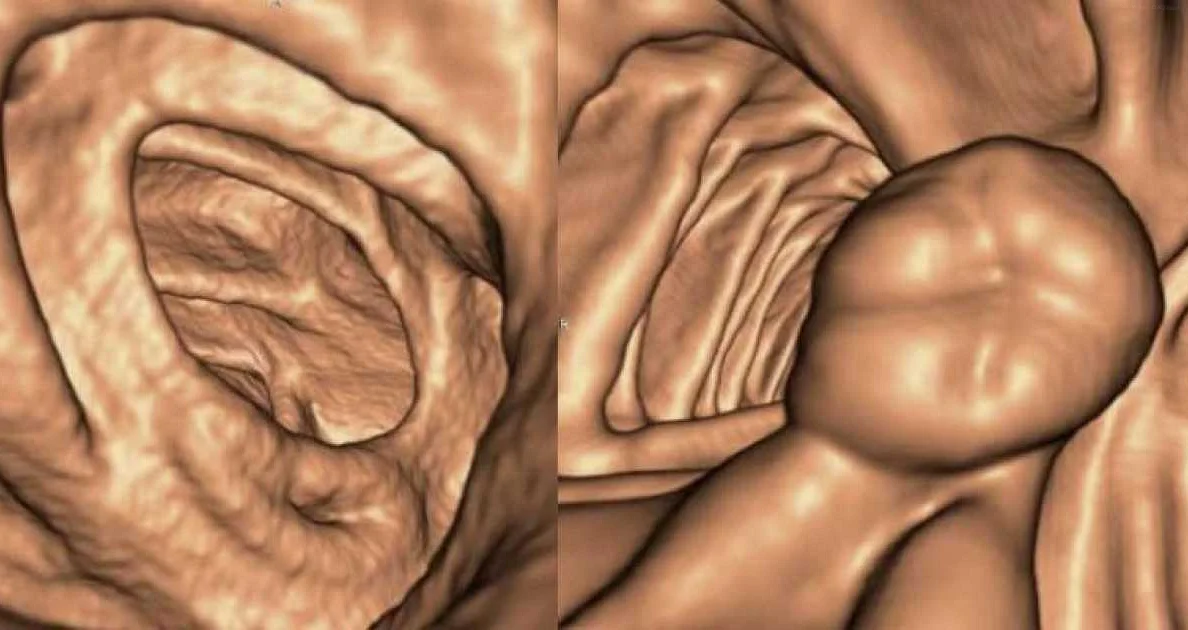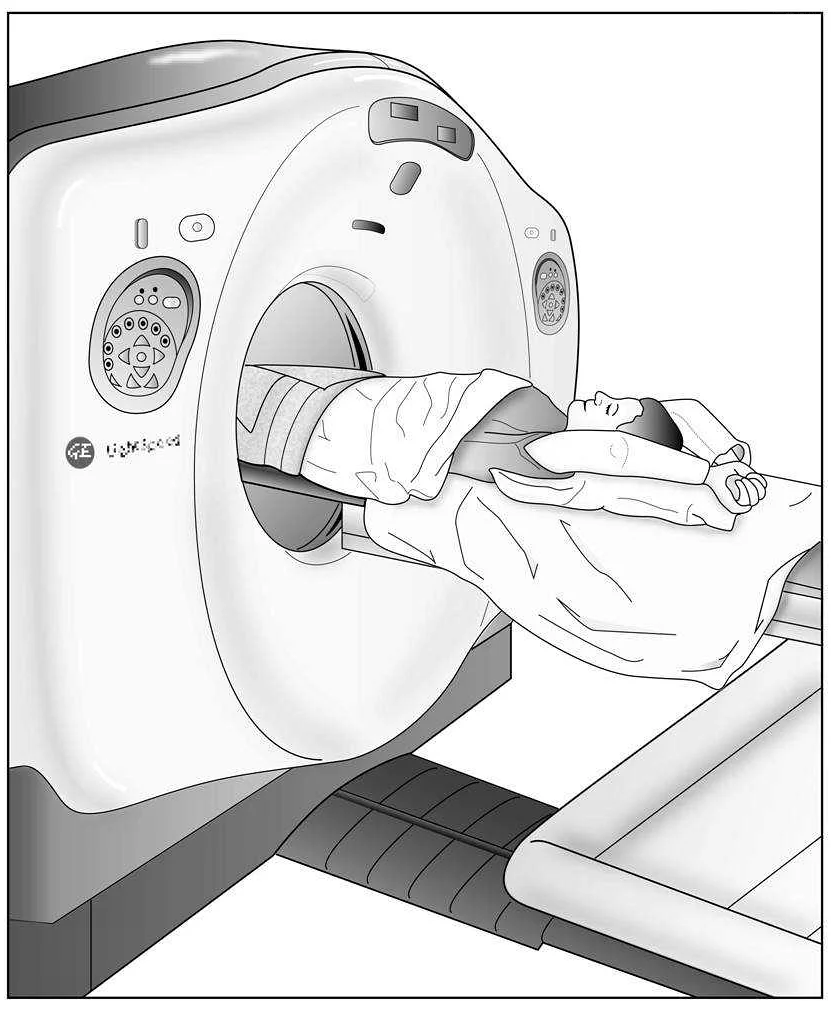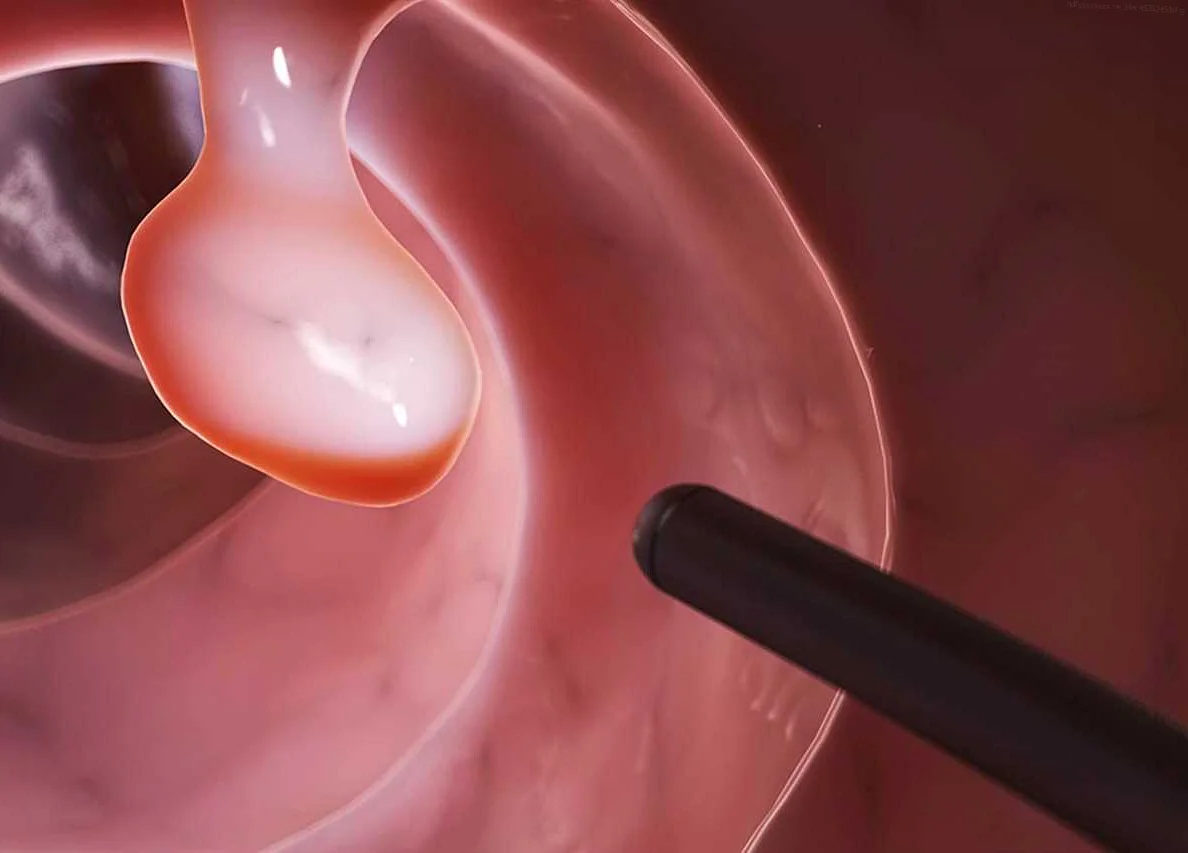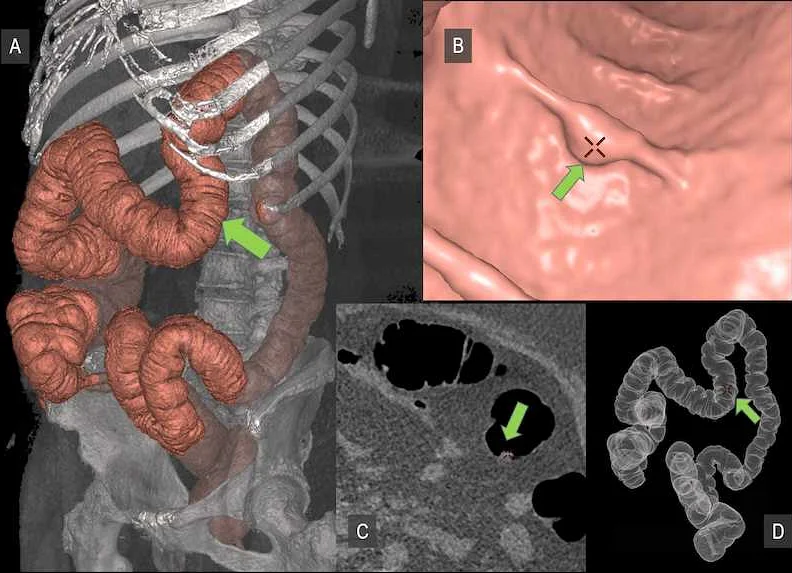Virtual Colonoscopy: What You Need to Know
Virtual colonoscopy, also known as CT colonography, is a noninvasive medical procedure used to detect abnormalities in the colon. This article provides information on how virtual colonoscopy works, its benefits, and what to expect during the procedure.
Virtual colonoscopy, also known as computed tomographic colonography (CTC), is a state-of-the-art screening technique that allows for the detection of colorectal cancer and other abnormalities in the colon and rectum. Unlike traditional colonoscopy, virtual colonoscopy is non-invasive and does not require the insertion of a tube into the rectum.
This innovative screening method utilizes advanced 3D imaging technology to generate detailed images of the colon and rectum. During the procedure, a small tube is inserted into the rectum to inflate the colon with air, allowing for clearer imaging. The patient then undergoes a computed tomography (CT) scan, which produces highly accurate and precise images of the entire colon.
One of the main advantages of virtual colonoscopy is that it eliminates the need for sedation, making it a more comfortable experience for patients. Additionally, virtual colonoscopy is faster than traditional colonoscopy, typically taking only 10-15 minutes to complete. The images generated by virtual colonoscopy can be analyzed by radiologists and physicians to identify any abnormalities, such as polyps or tumors, which may indicate the presence of colorectal cancer.
Virtual colonoscopy has emerged as a promising alternative to traditional colonoscopy, especially for patients who may be hesitant or unable to undergo the invasive procedure. It is particularly beneficial for individuals at high risk for colorectal cancer, as it allows for earlier detection and intervention. As with any screening method, virtual colonoscopy has its limitations and should be discussed with a healthcare provider to determine if it is the right choice for an individual’s specific circumstances.
What is Virtual Colonoscopy?

Virtual colonoscopy, also known as CT colonography, is a non-invasive medical imaging procedure that uses computed tomography (CT) scanning to examine the colon and rectum for signs of cancer and other abnormalities. It is considered an advanced screening method for colorectal cancer.
During a virtual colonoscopy, a special CT scanner takes multiple X-ray images of the colon and rectum from different angles. These images are then combined by computer software to create a detailed three-dimensional (3D) model of the colon, allowing doctors to examine it for any abnormalities, such as polyps or tumors.
Unlike traditional colonoscopy, which requires the insertion of a long, flexible tube into the rectum, virtual colonoscopy is less invasive and does not require sedation. Instead, a small, flexible tube is inserted into the rectum to inflate the colon with air, which helps improve the visibility during the CT scan.
Virtual colonoscopy has several advantages over traditional colonoscopy. It is a quick procedure that typically takes about 10-15 minutes to complete, compared to traditional colonoscopy, which can take up to an hour. It also does not require the use of sedation, which means patients can resume their normal activities immediately after the procedure.
Additionally, virtual colonoscopy carries a lower risk of complications compared to traditional colonoscopy. The most common side effect is temporary bloating and discomfort due to the air that is used to inflate the colon. In rare cases, a perforation or tear in the colon may occur, but this is extremely rare.
Understanding the Basics of this Innovative Screening Technique

Virtual colonoscopy, also known as CT colonography, is a non-invasive screening method used to detect abnormalities in the colon. Unlike traditional colonoscopy, which involves inserting a tube into the rectum, virtual colonoscopy uses computed tomography (CT) images to create a detailed 3D model of the colon.
The procedure begins with the patient lying on a table while a small tube is inserted into the rectum to inflate the colon with carbon dioxide. The patient is then moved into a CT scanner, where multiple images of the colon are taken. These images are then processed by a computer to create a 3D model that can be analyzed by a radiologist.
One of the key advantages of virtual colonoscopy is its non-invasive nature. Unlike traditional colonoscopy, which requires sedation and can be uncomfortable, virtual colonoscopy is less invasive and generally does not require sedation. Additionally, virtual colonoscopy is faster and more convenient, with the entire procedure typically lasting less than 30 minutes.
Virtual colonoscopy is an effective screening tool for detecting polyps and other abnormalities in the colon. It has been shown to have a similar accuracy rate to traditional colonoscopy in identifying polyps larger than 5 millimeters in size. However, it may be less accurate in detecting smaller polyps or flat lesions.
Overall, virtual colonoscopy offers a less invasive and more convenient alternative to traditional colonoscopy. It is an innovative screening technique that has the potential to increase participation rates in colorectal cancer screening and ultimately save lives.
Advantages of Virtual Colonoscopy

Virtual colonoscopy, also known as computed tomography colonography (CTC), offers several advantages over traditional colonoscopy. These advantages include:
1. Non-invasiveness: Virtual colonoscopy is a non-invasive procedure that does not require the insertion of a scope into the colon. This eliminates the discomfort and risk of complications associated with traditional colonoscopy.
2. Minimally invasive preparation: Unlike traditional colonoscopy, which requires a rigorous bowel preparation involving fasting and consuming laxatives, virtual colonoscopy only requires a low-fiber diet and a bowel cleansing agent. This makes the preparation process less burdensome and more convenient for patients.
3. Shorter procedure time: Virtual colonoscopy typically takes less time to perform compared to traditional colonoscopy. The scanning process itself usually takes only a few minutes, reducing the overall procedure time and allowing for quicker results.
4. Lower risk of complications: As a non-invasive procedure, virtual colonoscopy carries a lower risk of complications such as bleeding or perforation of the bowel. This makes it a safer option for patients who may have increased risks or comorbidities.
5. Wide availability: Virtual colonoscopy is widely available and can be performed in many medical centers, hospitals, and imaging facilities. This accessibility allows for increased patient access to screening and early detection of colorectal cancer.
6. 3D imaging: Virtual colonoscopy utilizes advanced imaging technology to create detailed 3D images of the colon. These images provide a comprehensive view of the colon, allowing for accurate detection of polyps and other abnormalities.
Overall, virtual colonoscopy offers a less invasive, more convenient, and safer alternative to traditional colonoscopy. It is an effective screening method for the early detection of colorectal cancer and can potentially increase patient compliance with regular screenings.
Why it is Gaining Popularity as a Non-Invasive Alternative

Virtual colonoscopy, also known as computed tomography colonography (CTC), is gaining popularity as a non-invasive alternative to traditional colonoscopy for several reasons:
- No sedation required: Unlike traditional colonoscopy, virtual colonoscopy does not require sedation. This means that patients can remain awake and alert throughout the procedure, eliminating the need for anesthesia and reducing associated risks.
- Less discomfort: Virtual colonoscopy involves the use of a small, flexible tube inserted into the rectum to fill the colon with gas. This process is generally less uncomfortable than the insertion of a traditional colonoscope, making it a more tolerable option for many patients.
- Shorter procedure time: Traditional colonoscopy can take anywhere from 30 minutes to an hour or longer to complete, whereas virtual colonoscopy typically takes about 10-15 minutes. This shorter procedure time is convenient for both patients and healthcare providers.
- Lower risk of complications: As a non-invasive procedure, virtual colonoscopy carries a lower risk of complications compared to traditional colonoscopy. There is no risk of bowel perforation or bleeding, which are potential risks associated with the insertion of a colonoscope.
- Wide availability: Virtual colonoscopy is increasingly available at many medical centers and hospitals, making it easier for patients to access this screening method. Improved availability contributes to the growing popularity of virtual colonoscopy as a non-invasive alternative.
Overall, virtual colonoscopy offers several advantages over traditional colonoscopy, including the absence of sedation, reduced discomfort, shorter procedure time, lower risk of complications, and wider availability. As more people become aware of these benefits, virtual colonoscopy continues to gain popularity as a non-invasive alternative for colorectal cancer screening.
Preparing for a Virtual Colonoscopy

Before your virtual colonoscopy, it is important to properly prepare to ensure accurate and clear images of your colon. The preparation process typically involves the following steps:
1. Bowel preparation: You may be instructed to follow a specific diet a few days before the virtual colonoscopy. This diet usually consists of clear liquids such as water, broth, and plain gelatin. It is important to avoid foods with seeds, nuts, or high fiber, as they can create residue in the colon that may interfere with the imaging.
2. Medication adjustments: If you are taking any medication or supplements that affect your bowel movements, your healthcare provider will advise you on whether to continue or temporarily stop them before the procedure.
3. Emptying the colon: Your colon needs to be empty before the virtual colonoscopy. This may involve using laxatives or taking a bowel cleansing solution to help eliminate any stool or debris from your colon. Your healthcare provider will provide specific instructions on how to properly use these preparations.
4. Fasting: You may be required to fast for a certain period of time before the virtual colonoscopy. This allows your digestive system to clear out and ensures better imaging results.
5. Informing your healthcare provider: It is crucial to inform your healthcare provider about any existing medical conditions, allergies, or medications you are taking. They may need to make adjustments or provide alternative instructions based on your individual circumstances.
By following these preparation guidelines, you can help ensure a successful and accurate virtual colonoscopy, providing a non-invasive and advanced screening method for detecting abnormalities in your colon.